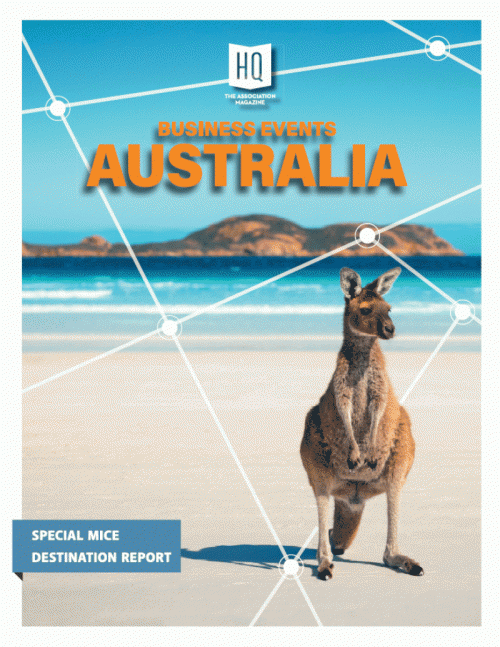Hong Kong: A Super Connector for the Greater Bay Area!
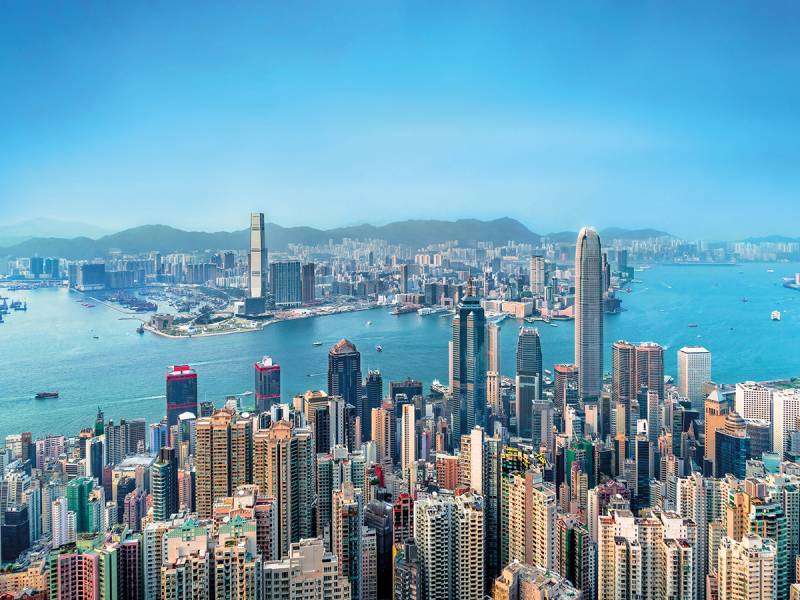
Last November in Barcelona, the Hong Kong Tourism Board (HKTB) announced that the city would be taking home the organisation of its first MICE trade fair, IBTM Asia Pacific, which will be held in the spring of 2025 in Hong Kong (HK). That’s why we sat down with Kenneth Wong, General Manager,MICE & Cruise Division, Hong Kong Tourism Board, on the premises of Fira Barcelona for a brief presentation of the destination and its strong arguments for attracting this leading tradeshow.
The event aims to attract more than 1,500 travel and MICE professionals from Mainland China, Southeast Asia, India, Japan, South Korea and other markets in the region, as well as long-haul markets. IBTM Asia Pacific 2025 will not only provide an ideal platform for travel agents from around the world, hotels, MICE venues, airlines and other industry players to explore business opportunities, but will also aim to consolidate HK’s position as the world’s meeting point in the region. There are still some commercial arrangements underway to define the exhibition venue for this mega-event between detailed discussions and site inspections, although the organisation is seriously considering one of HK’s two flagship exhibition centres, AsiaWorld-Expo. The major convention and exhibition centre is undergoing an expansion plan and will build a 20,000-seat super-arena that will effectively double its capacity.
“We are very focused on the hospitality of the delegates, whether they are VIP buyers, exhibitors or just visitors in general,” Kenneth Wong told us. “It wasn’t a question of price because the government has guaranteed substantial support for the event’s rental, but rather the availability of the venue and the fact that, in recent years, AsiaWorld-Expo has shown organisers many success stories.The centre is right next to the airport, and we’re expecting major developments around a project called SkyCity that will open in phases over the next few years.” Comprising offices, hotel, retail, dining and entertainment facilities, SkyCity, will transform the Hong Kong International Airport into a complete all-around MICE cluster. The airport will begin to have a runway system, which will substantially increase capacity in the long term. Surrounding the airport will be a shopping, dining and entertainment complex called 11 SKIES, which will be the largest retailtainment complex in HK when completed. It will also have around 800 shops and retailers, 120 diff erent catering concepts, hotels, eight entertainment attractions and three Grade A office towers to complement convention and delegate stays.
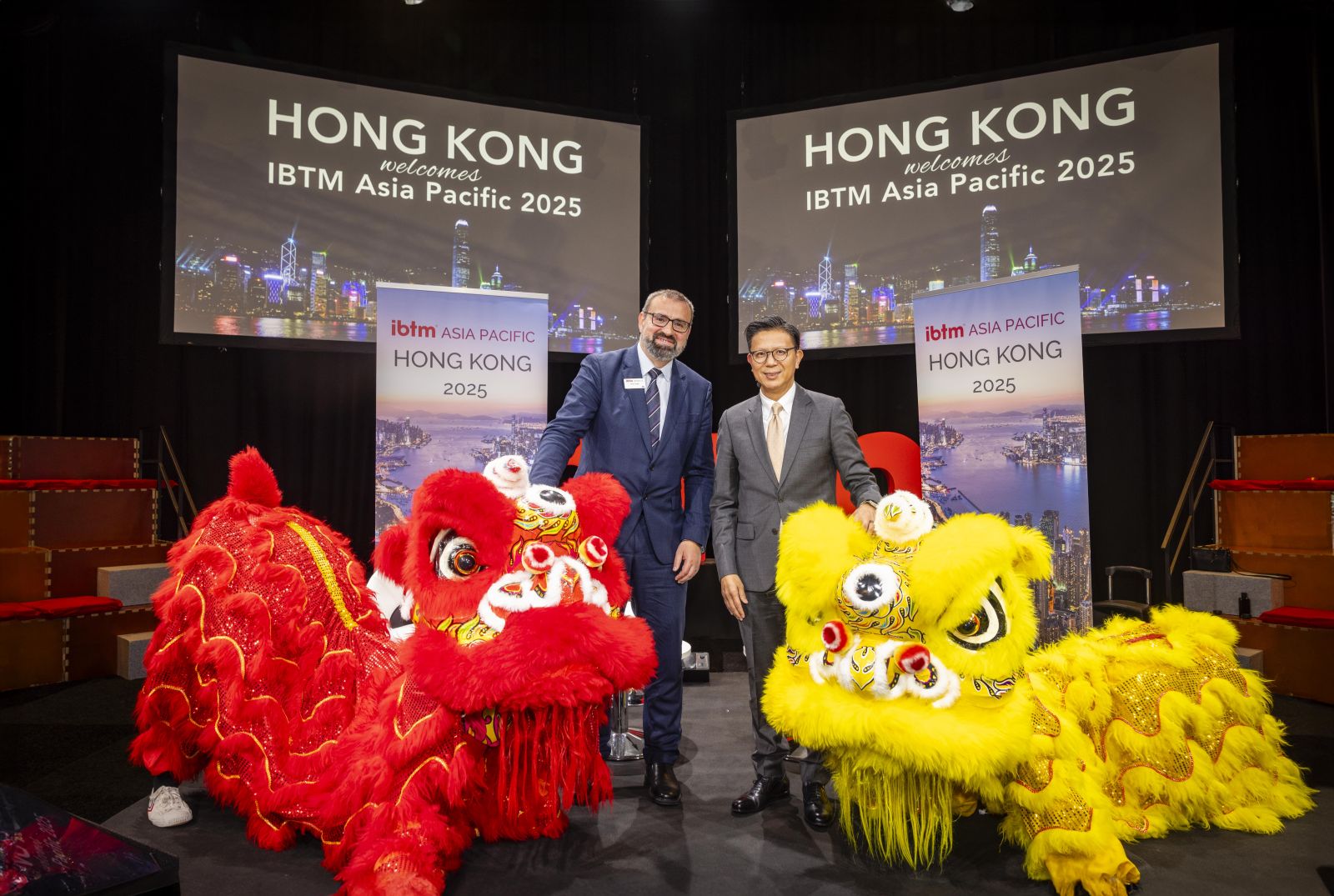
The recovery of MICE tourism in HK is based on two parameters: Overnight stays by MICE visitors, which have already reached around 70% of the pre-pandemic levels, representing 1,300,000 overnight visitor stays and also, the number of major events that the city has won over the past ten months in 2023. “We have won or maintained around 60 major events with more than 400 people, representing a total attendance of 330,000 (non-HK of 210,000). These 60 events will be held in 2023, and, so there is a strong business momentum returning to Hong Kong.” There are some solid foundations for this to happen: connectivity, good business and R&D ecosystems and centrality. At the beginning of last year, the government allocated 200 million HK dollars (around 12 million euros) to be used by the HKTB over two years for the recovery of the MICE business. Based on this amount, different types of schemes and packages have been developed for event organisers and all kinds of conventions in key areas such as innovation and technology, aviation and finance. “We will use the funding to attract mega-events such as IBTM, and fairs such as Jewellery & Gem World Expo Hong Kong or Asia Fruit Logistica. So, we have some money earmarked for mega-shows and conventions,” says Wong.
Agents and operators are another relevant area for this MICE revamp. Based on their database, a large part of HK business comes from small meetings, seminars and also incentive groups. That’s why, when going through the supply chain, the planner, the hotel, and the DMC are three key partners for personalising the financing schemes available. “When a travel agent in Thailand – which is a very important source market for us – tries to sell HK, for example, they will have hotel and DMC contacts at their disposal. The hotels, once they have the support, can offer a more attractive hotel package and room benefits. The DMC could offer free excursions and attraction packages. They will, therefore, make our proposal much stronger.” As far as agents are concerned, the offer will be made by invitation, as there are many MICE agents around the world, so the Tourim Board will try to establish partnerships with some specialists in the region, especially in Hong Kong. “At the moment, we’re concentrating more on Mainland China and also the Asia-Pacific market, but of course, it will also be available to European agents.” Another strategy that comes from funding is to attract international media conferences to HK: “In 2024, we hosted the 4th annual Technology for Change Asia organised by The Economist. We wanted to follow this path to leverage HK’s position around prestigious events, serving as a stage for high-profile speakers.”
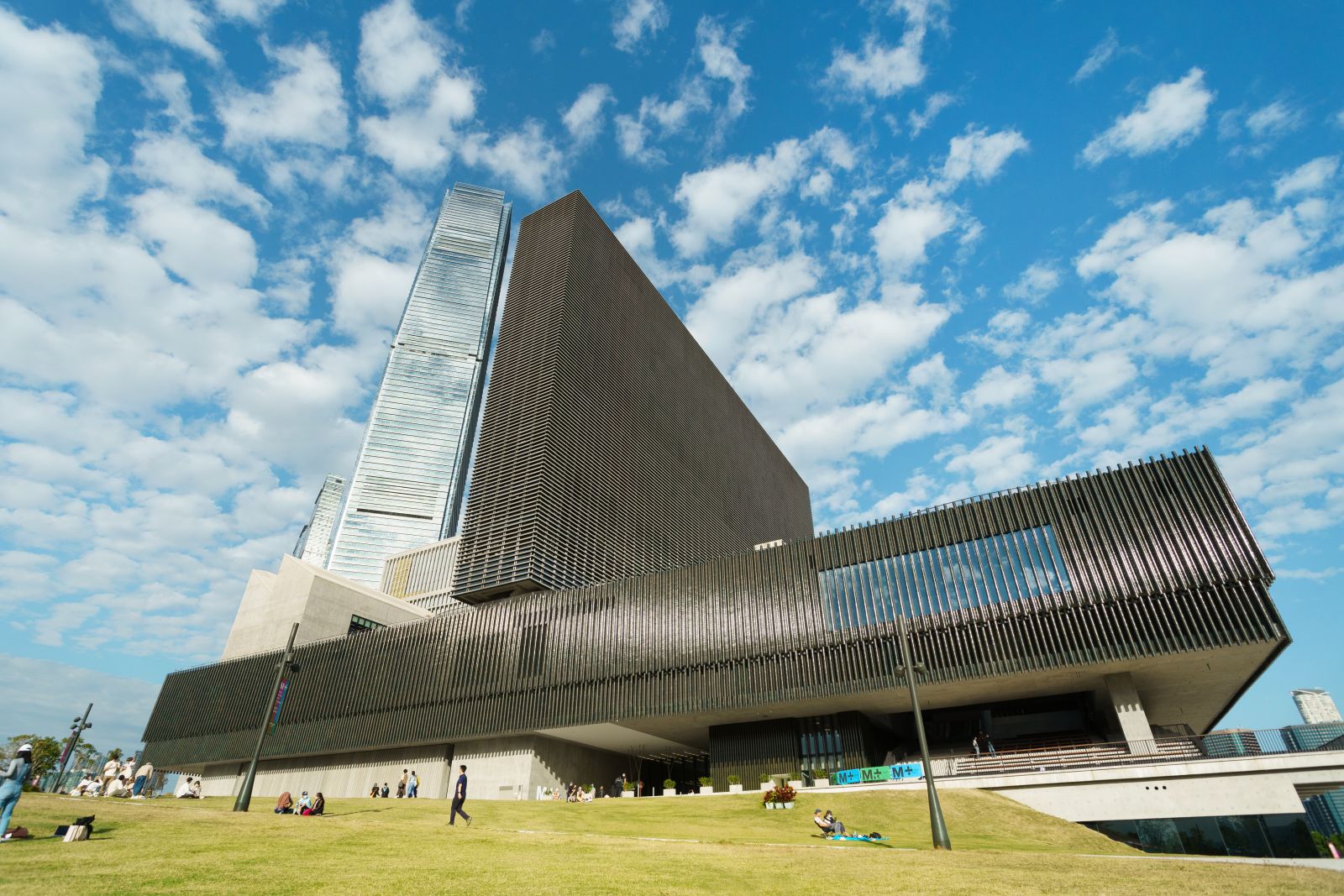
However, the privileged position in the Greater Bay Area (GBA) and its influence through various clients in Asia also stand out. This is the southern part of China, covering eleven cities, mainly Hong Kong, Macau and Guangdong province. The cities in the GBA will collaborate to build a cohesive city cluster, aiming to promote the free flow of talent, logistics, capital and other production factors within the region, thereby enhancing the economic efficiency, openness, and internationalisation of the Guangdong-Hong Kong-Macao Greater Bay Area. “We are arguably the most international city in this area, so we can play the role of a superconnector for the GBA, playing the role of a MICE hub for international organisers and associations. This super metropolitan area is already made up of over 86 million people and is very strong in technological innovation, finance, commerce and manufacturing industry, representing a diversified economic portfolio,” says Wong. Furthermore, the area is well connected with the entire Chinese associational community, which numbers ten thousand across the country, and is the headquarters for several Fortune 500 companies, such as the world’s leading battery manufacturer Amperex Technology Limited, or the multinational technology conglomerate Tencent.
“This represents a great opportunity for international organisers to bring their conventions and exhibitions or even forge long-standing cooperations here. If they want to take advantage of this strategy to expand their business, their membership or participation in events, HK can serve as a breeding ground for innovation, business and people, and IBTM is a clear example of this. HK is the superconnector, but if you expand this thinking to other areas like innovation technology or medical conferences, they represent huge opportunities for the entire region.” On the other hand, GBA associations also want to expand and go global, reaching out to their international counterparts. Associations specialising in AI or robotics, for example, when participating in HK innovation and technology fairs, can easily meet with international organisers or associations and benefit from this exchange of knowledge and commercial networking. Regarding the circulation of all these visitors within the Greater Bay Area − for Kenneth Wong − it will depend on which segment you are looking at – conventions or incentives. “If you look at incentives, I think it will work perfectly because incentive groups of 100 people will be able to opt for multi-city destinations. We are working closely with Shenzhen and Guangzhou to build some incentive products together. Recently, the Chinese government announced a visa-free policy for six European countries, so if we can take advantage of this opportunity, this would facilitate the acquisition of these incentive packages from operators.” The aim is that HK can be the arrival hub to then connect all other cities and areas – the city has a high-speed rail system to Shenzhen and Guangzhou, and there are plans to build another bridge to Macau, which will be the longest sea crossing bridge in the world.
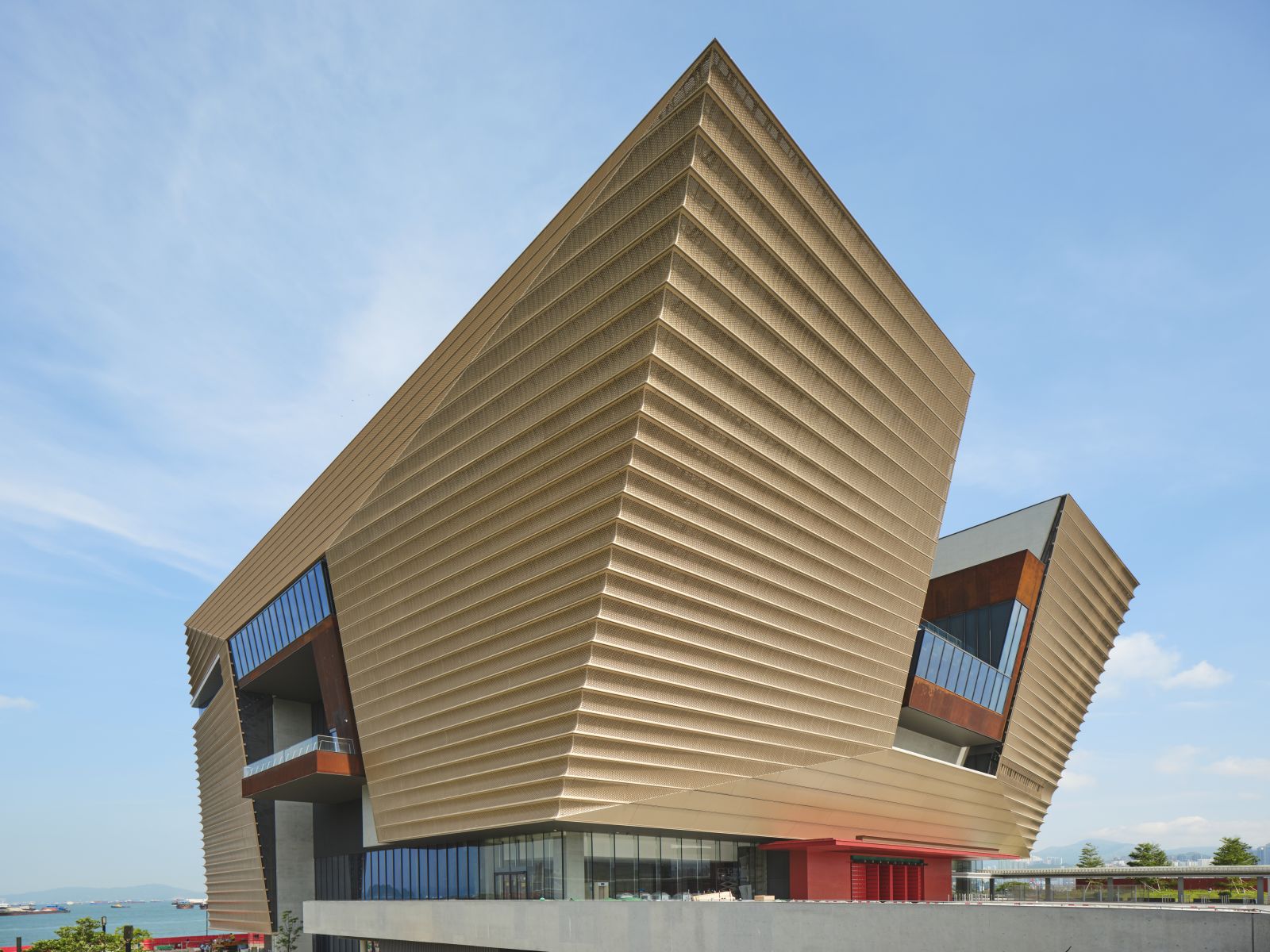
However, Hong Kong’s reputation as a fast-paced, urban “business” destination hides a number of hidden treasures and tourist alternatives that could open up a new leisure market after the pandemic. This will be a new stage in promoting the city, especially to incentive groups, highlighting HK’s nature. “We have beautiful hiking trails, a beautiful fringe of islands, surrounded by fascinating beaches. HK is very compact, but full of attractive offers that can include a helicopter tour of the city centre, mountains, beaches, rivers and secluded beaches.” The business district is only a small part of HK, but there are many neighbourhood areas to explore and interact with local people. In the centre, a neighbourhood programme called Old Town Central has been created, full of authentic traditional experiences that can be found among local cafés, grocery stores, playgrounds and art galleries. Another traditional and typical neighbourhood is called Sham Shui Po, with many local designer incubators and different clothing shops. Some of them even specialise in selling patents, accessories and leather workshops so you can create your own bracelet or wallet. Another aspect we relate to HK is food. At Sham Shui Po, they serve all kinds of local, familiar, and cheap delicacies.
Another aspect that visitors emphasise when commenting on HK is art and culture. We can talk about Hollywood Road and all the art galleries and museums, but in 2020, a huge new art neighbourhood called the West Kowloon Cultural District opened. “It’s over 40 hectares of space with about 20 hectares of open space. The location is right at the top of the western side of Kowloon where you can see the International Finance Centre, the convention centre and the entire skyline from the far west to the far east.” There are two very important museums in this area: one is called M+ the Museum of Contemporary Visual Culture (second photo from the top), and the other is the Hong Kong Palace Museum (photo above). Both can work as creative spaces for MICE events. “In 2023, the Tatler Gen.T Summit, a leading event organised in the region brought together Asia’s most influential entrepreneurs, live and in person at the iconic M+ Museum. The Palace Museum has some interesting exhibitions and is also open as a venue for incentive groups and conventions. Both can easily be converted into meeting venues and, while at the same time displaying very interesting artistic and cultural experiences for delegates,” Wong concluded.
Other Articles
About Us
Supported by the Union of International Associations (UIA), the International Association of Professional Congress Organisers (IAPCO) and the Interel Group, the global public affairs and association management consultancy, Headquarters Magazines serve the needs of international associations organising worldwide congresses.













